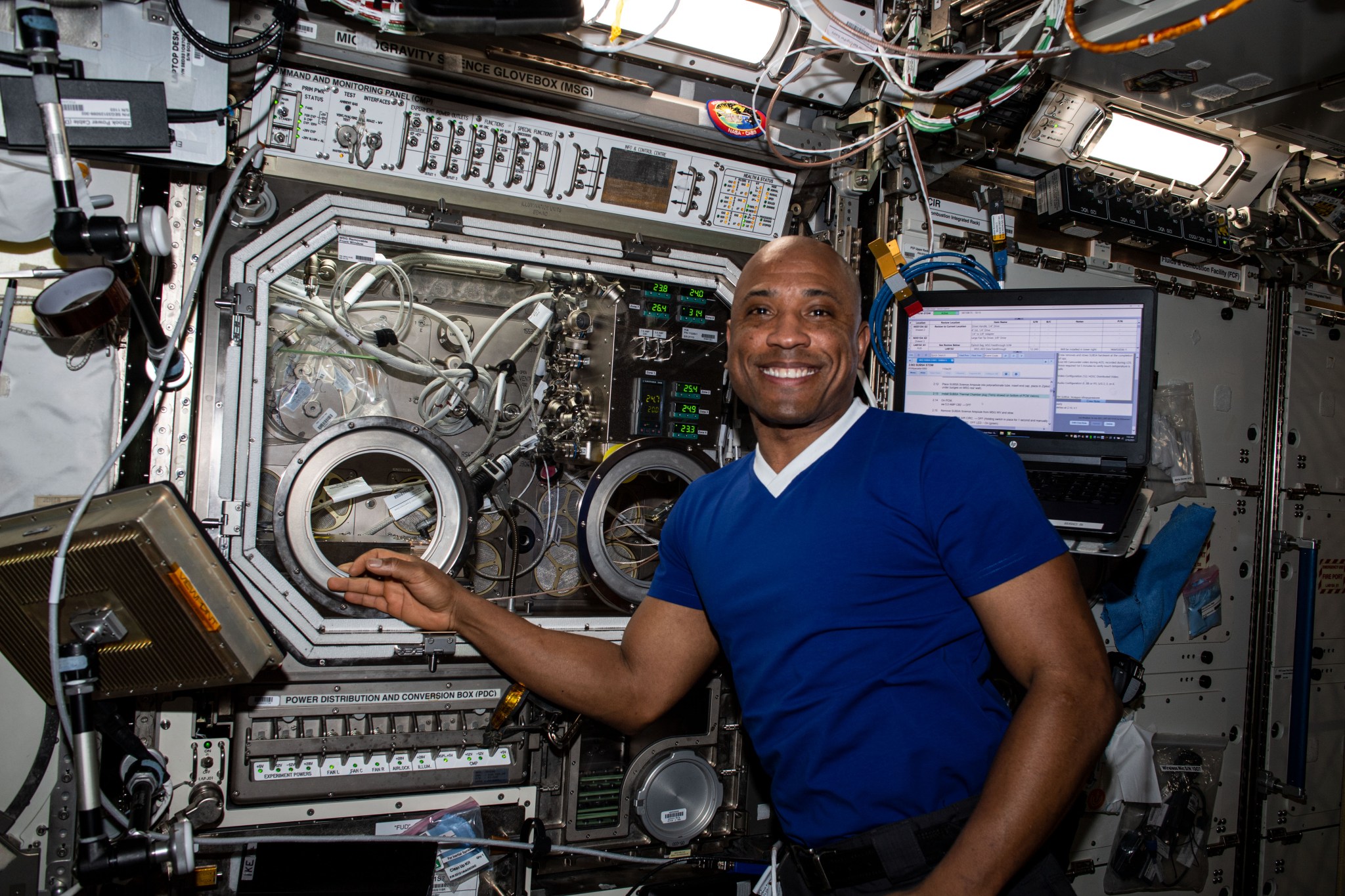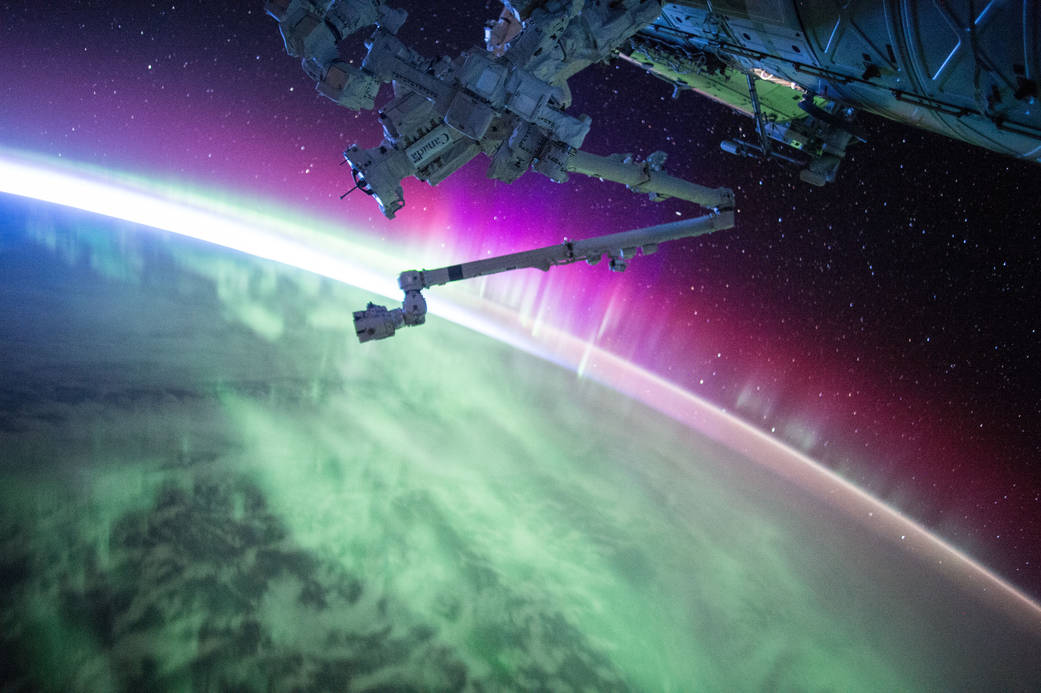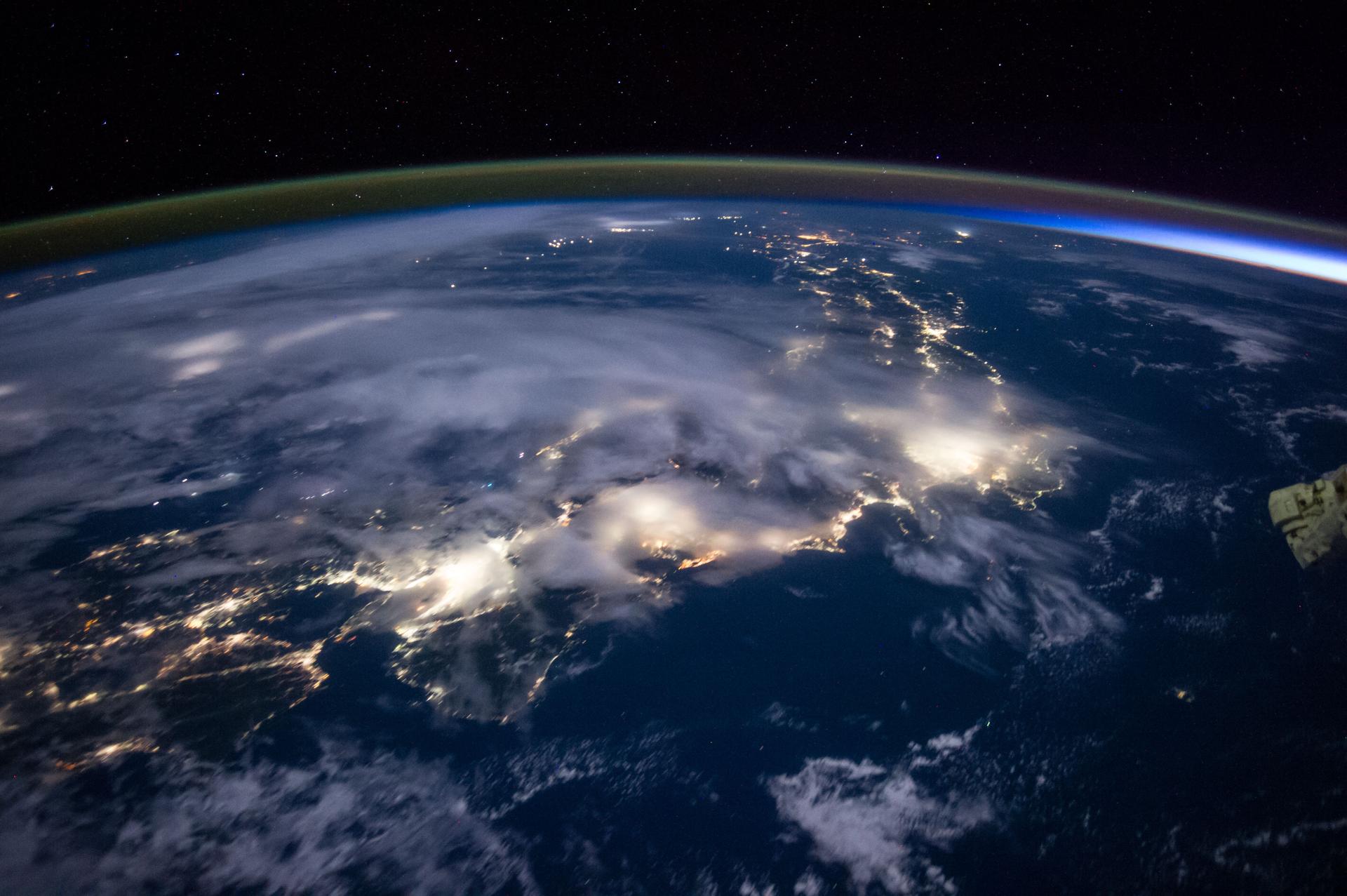
Following a decade of assembly of the International Space Station and the subsequent decade of research onboard the ISS National Lab, NASA moves boldly into the decade of results with the award of new and promising technologies for in-space manufacturing of advanced materials and products for use on Earth. With more than 21 years of continuous occupation, the International Space Station continues to demonstrate the benefits of microgravity not just for discovery but for the development of new technologies and products that have the potential to improve the quality of life on Earth.
Decades of microgravity research have laid the foundation for U.S. industry to demonstrate the unique market value of in-space manufacturing, technology advancement, and drug development with the help of NASA’s investment in dedicated transportation and research time for ISS National Laboratory investigations. To date, NASA has provided seed money in excess of $38 million for more than a dozen technologies to enable innovative companies to mature their concepts and stimulate demand for future markets. The awards are a key element of NASA’s goal to develop a robust economy in low-Earth orbit where NASA will be one of many customers.
NASA has selected additional proposals to enable U.S. businesses, institutions of higher learning, and other organizations to raise the technological readiness level of their manufacturing technologies and products, move them to market, and to propel U.S. industry toward developing a sustainable, scalable, and profitable non-NASA demand for products and services in low-Earth orbit.
“NASA is excited to begin collaboration with these new partners in our efforts to enable development of a robust commercial economy in low-Earth orbit,” said Kevin Engelbert, In Space Production Applications portfolio manager. “Enabling proof-of-concept demonstrations on the International Space Station National Lab is a first step towards future production of important new materials and products that will benefit people everywhere on Earth, while strengthening U.S. leadership in advanced materials and manufacturing in space.”
NASA selected the following eight proposals submitted in response to Focus Area 1A of the NASA Research Announcement(NRA) seeking In Space Production Applications (InSPA) flight demonstrations:
- Biomanufacturing of Drug-Delivery Medical Devices, Auxilium Biotechnologies, Inc., San Diego, California
- Expansion of Hematopoietic Stem Cells for Clinical Application, BioServe Space Technologies and the University of Colorado, Boulder
- Establishing Production of Stem Cell Therapies, Cedars-Sinai Regenerative Medicine Institute, Los Angeles
- Fabrication of FlawlessGlass in Microgravity, Flawless Photonics, Inc., Los Altos Hills, California
- Volumetric Additive Manufacturing for Organ Production, Lawrence Livermore National Laboratory, Livermore, California
- Pharmaceutical In-space Laboratory (PIL), Redwire Corporation Inc., Greenville, Indiana
- Biomimetic Fabrication of Multifunctional DNA-inspired Nanomaterials, University of Connecticut, Storrs, Connecticut
- Semimetal-Semiconductor Composite Bulk Crystals, United Semiconductors, LLC, Los Alamitos, California
The selected proposals have a total award value of up to $21 million through fiscal year 2025, depending on milestones achieved.
Auxilium Biotechnologies, Inc. of San Diego has been selected for its proposal to develop a second-generation drug-delivery medical device to more effectively treat people who have sustained traumatic peripheral nerve injury. Auxilium’s Gen 1.0 NeuroSpan Bridge is a biomimetic nerve regeneration device that guides and accelerates nerve regeneration, eliminating the need for a patient to sacrifice a nerve in the leg to repair a nerve in the arm or face. Auxilium will use its expertise in fast, high-resolution 3D-printing to adapt its proprietary platform to a Gen 2.0 3D-print device in microgravity by adding novel drug delivery nanoparticles with the potential to substantially accelerate regeneration and improve functional outcomes for people on Earth.
BioServe Space Technologies and The University of Colorado of Boulder, Colorado, in collaboration with the Mayo Clinic, ClinImmune Cell and Gene Therapy (University of Colorado Anschutz Medical Campus), RheumaGen, and with support from Sierra Space has been selected for their proposal to develop a specialized bioreactor that will produce large populations of Hematopoietic Stem Cells (HSCs) in microgravity to treat serious medical conditions including blood cancers (leukemias, lymphomas, multiple myeloma), blood disorders, severe immune diseases, and certain autoimmune diseases, such as rheumatoid arthritis. Expansion of HSCs in microgravity is expected to result in greater stem cell expansion with less cell differentiation than is seen in 1g. If successful, the technology may enable safe and effective cell therapy transplantation, especially in children and younger adults, where long-term bone marrow cell repopulation is critical to the patient’s lifetime health.
Cedars-Sinai Regenerative Medicine Institute, located in Los Angeles, in partnership with Axiom Space of Houston has been selected for proposing to use cutting-edge methods related to the production and differentiation of induced pluripotent stem cells (iPSCs) on the International Space Station. Cedars-Sinai will explore in-space production of stem cells into heart, brain, and blood tissues in support of regenerative medicine uses on Earth. While stem cells and stem cell-derived tissues hold great promise for use in research and as clinical-grade therapeutic agents, safe and efficient expansion of stem cells and their derivatives continues to be a major challenge on Earth. Generating, expanding, and differentiating cells at scale in the microgravity environment of space with sufficient yields of a constant therapeutic cell product that meets FDA biologics requirements may be the answer to overcome those challenges.
Flawless Photonics, Inc. of Los Altos Hills, California, in partnership with the University of Adelaide, Axiom Space, and Visioneering Space has been selected for their proposal to develop specialized glass manufacturing hardware to process Heavy-Metal Fluoride Glasses (HMFG) in microgravity. HMFG glasses are used in the terrestrial manufacturing of exotic optical fibers and other optics applications. Without convective forces present in 1g, HMFG made in microgravity are expected to achieve the ideal amorphous microstructure during synthesis, eliminating light scattering defects that limit lasing power and transmission over long fiber lengths.
Lawrence Livermore National Laboratory, located in Livermore, California, in partnership with Space Tango, has been selected for their proposal to adapt their terrestrial volumetric 3D bioprinting device for use in microgravity to demonstrate production of artificial cartilage tissue in space. The Volumetric Additive Manufacturing (VAM) technology is a revolutionary, ultra-rapid 3D printing method that solidifies a complete 3D structure from a photosensitive liquid resin in minutes. Because of the absence of settling and gravity-driven buoyancy and convective flows in the prepolymer, the cartilage tissues manufactured and matured in microgravity are expected to have superior structural, organizational, and mechanical properties suitable for use in long-term tissue repair and replacement.
Redwire Corporation Inc. of Greenville, Indiana, has been selected for its proposal to produce small, uniform crystals as stable seed batches for pharmaceutical and institutional research customers seeking improvements/refinements in product purification, formulation and/or delivery using crystalline formulations. Their Pharmaceutical In-space Laboratory Bio-crystal Optimization Xperiment (PIL-BOX) Dynamic Microscopy Cassette (DMC) will be capable of testing multiple crystallization conditions and providing samples to be returned to Earth for analysis. When grown in microgravity, crystals are produced more uniformly and have very low size coefficients of variation thereby allowing a more stable crystal growth, high concentration, and low viscosity parenteral formulation. The proposed innovation will provide manufacturing services to companies, institutions, and agencies pursuing uniform crystallization research.
The University of Connecticut out of Storrs, Connecticut, in partnership with Eascra Biotech of Boston, Massachusetts and Axiom Space of Houston, has been selected for their proposed biomimetic fabrication of multifunctional nanomaterials, a cutting-edge breakthrough in biomedicine that can benefit from microgravity in space to accomplish controlled self-assembly of DNA-inspired Janus base nanomaterials (JBNs). These JBNs will be used as effective, safe and stable delivery vehicles for RNA therapeutics and vaccines, as well as first-in-kind injectable scaffolds for regenerative medicine. By leveraging the benefits of microgravity, the UConn/Eascra team expects to mature in-space production of different types of JBNs with more orderly structures and higher homogeneity over what is possible using terrestrial materials, improving efficacy for mRNA therapeutics and structural integrity for cartilage tissue repair.
United Semiconductors of Los Alamitos, California, has been selected for their proposal to produce semimetal-semiconductor composite bulk crystals commonly used in electromagnetic sensors for solving challenges in the energy, high performance computing and national security sectors. Together with teammates Axiom Space of Houston and Redwire of Greenville, Indiana, United Semiconductors intends to validate the scaling and efficacy of producing larger semimetal-semiconductor composite crystals under microgravity conditions with perfectly aligned and continuous semimetal wires embedded across the semiconductor matrix. If successful at eliminating defects found in those manufactured with terrestrial materials, United Semiconductors will have developed a processing technology for creating device-ready wafers from space-grown crystals.
In addition to the awards above, NASA made awards for a global market study and programmatic support of the InSPA portfolio:
- Analyzing Global Competition and U.S. Leadership in Low-Earth Orbit Commercialization of In-Space Production Applications, The Institute for Defense Analyses Science & Technology Policy Institute, Washington, D.C.
- NASA In Space Production Applications (InSPA) Portfolio Support, The Aerospace Corporation, El Segundo, California
The Aerospace Corporation, headquartered in El Segundo, California, was tasked through the NASA-Wide Specialized Engineering, Evaluation and Test Services (NSEETS) contract to provide technical and business expertise and analysis in support of NASA’s evaluation of InSPA proposals. The Aerospace team will provide continued support from subject matter experts in their fields of study during planning, preparation, and execution of the demonstrations on the International Space Station, and also assist NASA with implementation of InSPA program initiatives and lifecycle assessments for selected technologies.
The Institute for Defense Analyses (IDA), headquartered in Alexandria, Virginia, was tasked to help inform NASA’s strategy and plans for enabling in-space manufacturing by studying global competition and the potential impact on U.S. leadership in key technology areas. IDA’s Science and Technology Policy Institute (STPI) will analyze the current and future capabilities, investments, and policies of space-faring nations related to on-orbit manufacturing of advanced materials and products to better inform the priorities for U.S. Government investments in InSPA towards developing a commercial low-Earth Orbit economy.






























